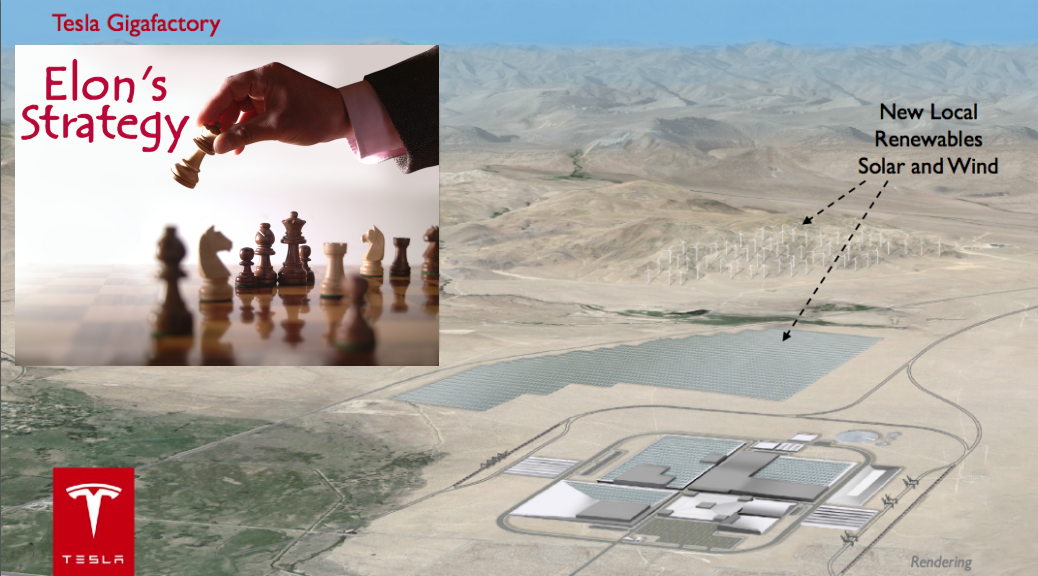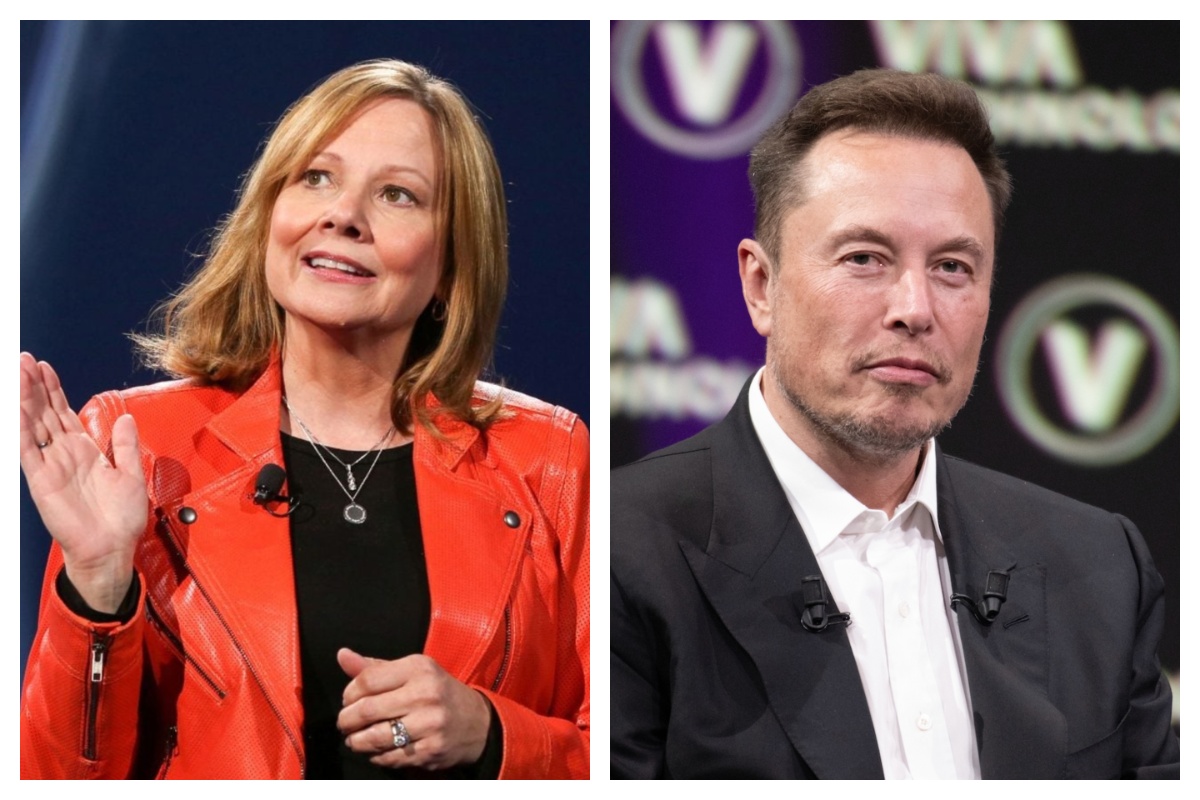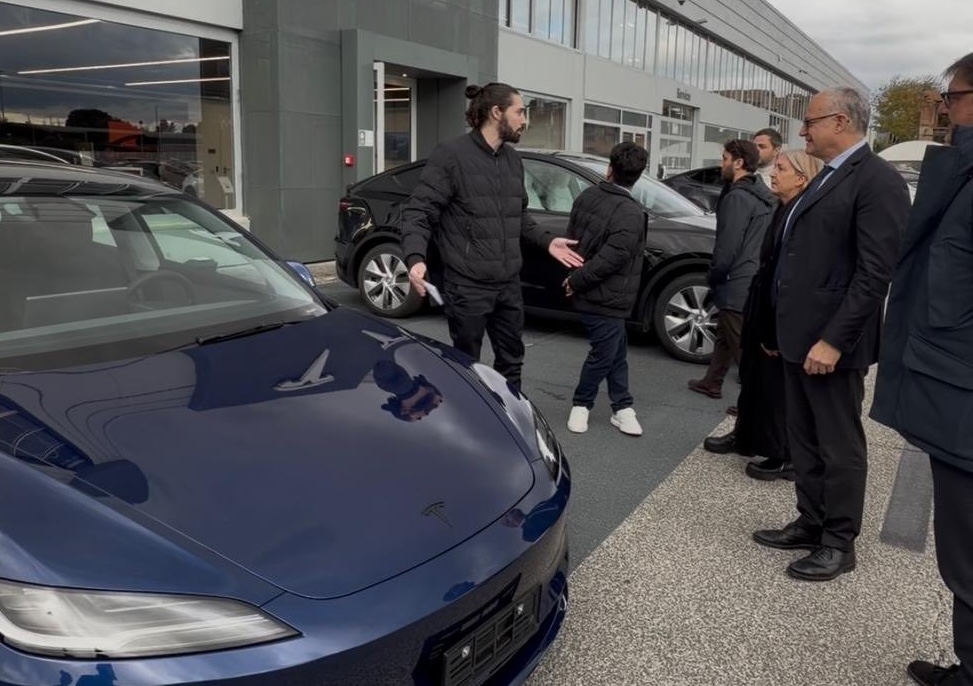News
The strategy behind the state selection of the Tesla Gigafactory

By now, everyone who has any interest at all in Tesla Motors has heard about their plans for a Gigafactory. Since the plan was introduced in February, the discussion groups and forums have been filled with thoughts on the implications of the huge battery making installation. Four potential sites were named: New Mexico, Nevada, Arizona and Texas.
Speculation about how this would change things became rampant. Nicolas Zart asked how it would affect Tesla’s long-standing relationship with Panasonic, who provides the batteries being used in the Model S and that will likely be used in the upcoming Model X. Yet a more persistent question in the peanut gallery has been why Tesla would choose the states it mentioned as candidates for the factory.
To be straightforward, there was a lot of strategic thinking that went behind the choice of the four states mentioned, and there’s a good reason that a couple of those states, deemed as “Tesla-unfriendly,” are on the list.
Logistics
The states chosen are all within a specific logistical area. They’re warm weather states, have little seismic activity, are within easily-accessed and well-established transportation corridors (trains, highways, etc.), have low-cost land available, and have a surplus of most energy types.
This means that transport of materials and finished products to and from each of these locations is relatively easy and requires minimal work to customize. All of them are in sunny locations (a primary requirement for a solar farm as large as Tesla proposes) and they all have access to low-cost energy at surplus should the wind and solar plans take longer to establish or not perform as expected.
Costs and Baskets of Eggs
Each of the four states named also have highly conducive political environments for business. California, love it or hate it, is one of the worst places in the nation to attempt to start a manufacturing business in terms of bureaucracy, costs, and red tape. Choosing California would also mean Tesla would be putting all of their eggs into one basket, as it were, geographically and politically. This would directly affect our next point. We’ll discuss that in a moment.
All four of the states listed have low or no corporate income tax, have relatively low property taxes (even for industrial use), and are about as business-friendly as a state’s government can be without giving away the farm. Nevada and Arizona also have corporate-friendly incorporation laws, should Tesla need to use them.
Leverage
Now for the real meat of it. Tesla has already leveraged California for about everything it can in terms of concessions and breaks. California would likely be willing to do a lot to help Musk get his Gigafactory built, but it’s just as likely that the other candidates would do just as much on top of their already-friendly atmosphere, industry-wise.
Further, two of these states (do we need to name them?) have been less than friendly to Tesla during the dealership vs direct sales battles. Dangle the “create a green factory and employ a lot of your citizens” carrot, though, and suddenly the discussion might begin to change a little.
You don’t have to be Richard Nixon to see that the prospect of one of the world’s largest automotive battery factories being located in your state will have a hundred benefits to every loss you might politically incur for turning your back on your friends at the auto dealer’s association. Especially if you’re a governor with hopes of getting into the White House (ahemRickPerryahem). It’s things like the Gigafactory that can build legacies for those with the savvy to utilize the PR potential.
Strategically Speaking
Putting it together, the strategy behind the Gigafactory’s geographic location is very astute. Musk and Co gain more by naming enemies in their list of potentials than they would going the relatively safe route of staying in their west coast comfort zone.

Elon Musk
GM CEO Mary Barra says she told Biden to give Tesla and Musk EV credit
“He was crediting me, and I said, ‘Actually, I think a lot of that credit goes to Elon and Tesla…You know me, Andrew. I don’t want to take credit for things.”

General Motors CEO Mary Barra said in a new interview on Wednesday that she told President Joe Biden to credit Tesla and its CEO, Elon Musk, for the widespread electric vehicle transition.
She said she told Biden this after the former President credited her and GM for leading EV efforts in the United States.
During an interview at the New York Times Dealbook Summit with Andrew Ross Sorkin, Barra said she told Biden that crediting her was essentially a mistake, and that Musk and Tesla should have been explicitly mentioned (via Business Insider):
“He was crediting me, and I said, ‘Actually, I think a lot of that credit goes to Elon and Tesla…You know me, Andrew. I don’t want to take credit for things.”
GM CEO Mary Barra said to Andrew Sorkin at the New York Times Dealbook Summit that she pulled President Biden aside and said Tesla CEO @elonmusk deserved the credit for EVs:
“He was crediting me, and I said, ‘Actually, I think a lot of that credit goes to Elon and Tesla,’” Barra… pic.twitter.com/OHBTG1QfbJ
— TESLARATI (@Teslarati) December 3, 2025
Back in 2021, President Biden visited GM’s “Factory Zero” plant in Detroit, which was the centerpiece of the company’s massive transition to EVs. The former President went on to discuss the EV industry, and claimed that GM and Barra were the true leaders who caused the change:
“In the auto industry, Detroit is leading the world in electric vehicles. You know how critical it is? Mary, I remember talking to you way back in January about the need for America to lead in electric vehicles. I can remember your dramatic announcement that by 2035, GM would be 100% electric. You changed the whole story, Mary. You did, Mary. You electrified the entire automotive industry. I’m serious. You led, and it matters.”
People were baffled by the President’s decision to highlight GM and Barra, and not Tesla and Musk, who truly started the transition to EVs. GM, Ford, and many other companies only followed in the footsteps of Tesla after it started to take market share from them.
Elon Musk and Tesla try to save legacy automakers from Déjà vu
Musk would eventually go on to talk about Biden’s words later on:
“They have so much power over the White House that they can exclude Tesla from an EV Summit. And, in case the first thing, in case that wasn’t enough, then you have President Biden with Mary Barra at a subsequent event, congratulating Mary for having led the EV revolution.”
In Q4 2021, which was shortly after Biden’s comments, Tesla delivered 300,000 EVs. GM delivered just 26.
News
Tesla Full Self-Driving shows confident navigation in heavy snow
So far, from what we’ve seen, snow has not been a huge issue for the most recent Full Self-Driving release. It seems to be acting confidently and handling even snow-covered roads with relative ease.

Tesla Full Self-Driving is getting its first taste of Winter weather for late 2025, as snow is starting to fall all across the United States.
The suite has been vastly improved after Tesla released v14 to many owners with capable hardware, and driving performance, along with overall behavior, has really been something to admire. This is by far the best version of FSD Tesla has ever released, and although there are a handful of regressions with each subsequent release, they are usually cleared up within a week or two.
Tesla is releasing a modified version of FSD v14 for Hardware 3 owners: here’s when
However, adverse weather conditions are something that Tesla will have to confront, as heavy rain, snow, and other interesting situations are bound to occur. In order for the vehicles to be fully autonomous, they will have to go through these scenarios safely and accurately.
One big issue I’ve had, especially in heavy rain, is that the camera vision might be obstructed, which will display messages that certain features’ performance might be degraded.
So far, from what we’ve seen, snow has not been a huge issue for the most recent Full Self-Driving release. It seems to be acting confidently and handling even snow-covered roads with relative ease:
FSD 14.1.4 snow storm Ontario Canada pic.twitter.com/jwK1dLYT0w
— Everything AI (@mrteslaspace) November 17, 2025
I found the steepest, unplowed hill in my area and tested the following:
• FSD 14.2.1 on summer tires
• FSD 14.2.1 on winter tires
• Manual drivingBut I think the most impressive part was how FSD went DOWN the hill. FSD in the snow is sublime $TSLA pic.twitter.com/YMcN7Br3PU
— Dillon Loomis (@DillonLoomis) December 2, 2025
Well.. I couldn’t let the boys have all the fun!
Threw the GoPro up and decided to FSD v14.2.1 in the snow. Roads were not compacted like the other day, a little slippery, but overall doable at lower speeds. Enjoy the video and holiday music 🎶
Liked:
Took turns super slow… pic.twitter.com/rIAIeh3Zu3— 🦋Diana🦋 (@99_Colorado) December 3, 2025
Moving into the winter months, it will be very interesting to see how FSD handles even more concerning conditions, especially with black ice, freezing rain and snow mix, and other things that happen during colder conditions.
We are excited to test it ourselves, but I am waiting for heavy snowfall to make it to Pennsylvania so I can truly push it to the limit.
News
Tesla hosts Rome Mayor for first Italian FSD Supervised road demo
The event marked the first time an Italian mayor tested the advanced driver-assistance system in person in Rome’s urban streets.

Tesla definitely seems to be actively engaging European officials on FSD’s capabilities, with the company hosting Rome Mayor Roberto Gualtieri and Mobility Assessor Eugenio Patanè for a hands-on road demonstration.
The event marked the first time an Italian mayor tested the advanced driver-assistance system in person in Rome’s urban streets. This comes amid Tesla’s push for FSD’s EU regulatory approvals in the coming year.
Rome officials experience FSD Supervised
Tesla conducted the demo using a Model 3 equipped with Full Self-Driving (Supervised), tackling typical Roman traffic including complex intersections, roundabouts, pedestrian crossings and mixed users like cars, bikes and scooters.
The system showcased AI-based assisted driving, prioritizing safety while maintaining flow. FSD also handled overtakes and lane decisions, though with constant driver supervision.
Investor Andrea Stroppa detailed the event on X, noting the system’s potential to reduce severe collision risks by up to seven times compared to traditional driving, based on Tesla’s data from billions of global fleet miles. The session highlighted FSD’s role as an assistance tool in its Supervised form, not a replacement, with the driver fully responsible at all times.
Path to European rollout
Tesla has logged over 1 million kilometers of testing across 17 European countries, including Italy, to refine FSD for local conditions. The fact that Rome officials personally tested FSD Supervised bodes well for the program’s approval, as it suggests that key individuals are closely watching Tesla’s efforts and innovations.
Assessor Patanè also highlighted the administration’s interest in technologies that boost road safety and urban travel quality, viewing them as aids for both private and public transport while respecting rules.
Replies on X urged involving Italy’s Transport Ministry to speed approvals, with one user noting, “Great idea to involve the mayor! It would be necessary to involve components of the Ministry of Transport and the government as soon as possible: it’s they who can accelerate the approval of FSD in Italy.”









